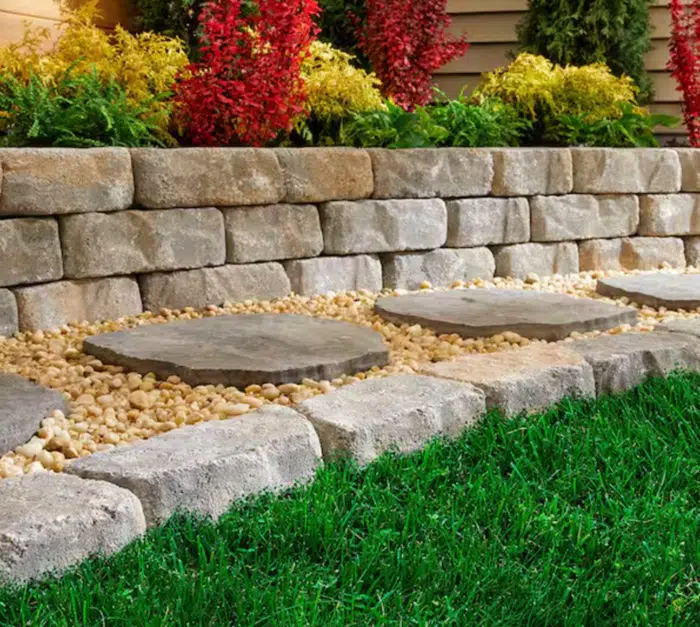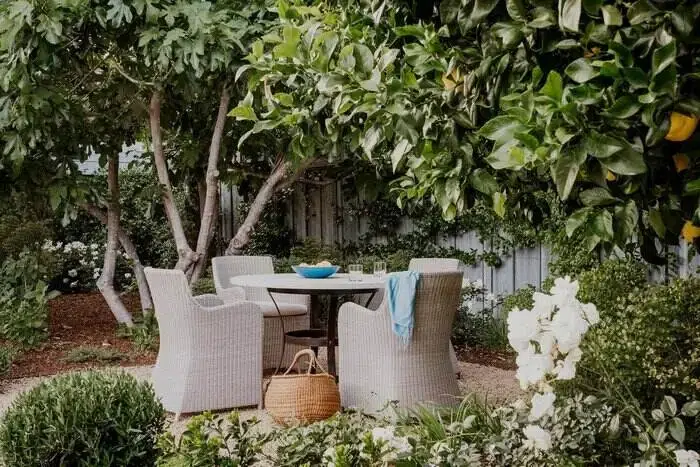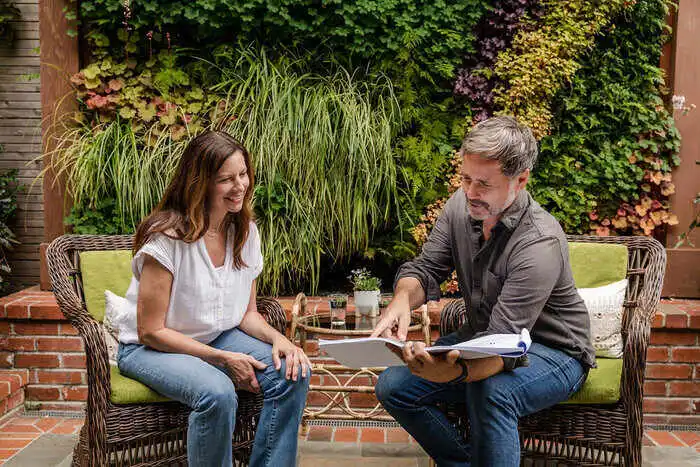Creating a garden path doesn’t have to break the bank. With a little creativity and some elbow grease, you can lay down a stunning walkway that enhances your garden without emptying your wallet. Whether you’re a DIY novice or have some experience under your belt, there are plenty of affordable materials and designs to choose from. In this guide, we’ll explore a variety of cheap DIY garden path ideas that are both beautiful and budget-friendly.
Choosing the Right Materials
One of the first steps in creating your garden path is selecting the right materials. Here are some popular, cost-effective options that can help you achieve the desired look without the high costs associated with more traditional choices:
- Mulch: Not only is mulch inexpensive, but it’s also easy to work with. It can give your garden a natural look, although it may need regular replenishment.
- Gravel: Gravel is another affordable option that offers excellent drainage and comes in a variety of sizes and colors.
- Flagstone: While slightly more expensive, flagstone provides a more structured look and can be laid down in various patterns.

Detailed Discussion of Each Material
Each material offers unique benefits and challenges:
- Mulch:
- Pros: Low cost; soft underfoot; suppresses weed growth.
- Cons: Can decompose or wash away; requires periodic topping up.
- Best Use: Ideal for casual, rustic garden paths; excellent for low-traffic areas.
- Gravel:
- Pros: Affordable; good drainage; stays cooler than concrete in sun.
- Cons: Can spread outside the pathway; needs containment with edging.
- Best Use: Great for areas with heavy rain; works well with stepping stones for stability.
- Flagstone:
- Pros: Durable; natural aesthetic; multiple laying patterns.
- Cons: Heavier to handle; requires a stable base to prevent shifting.
- Best Use: Perfect for formal or well-trafficked garden paths; excellent with moss or grass joints for added beauty.
Step-by-Step Guides
DIY Flagstone and Mulch Path
Creating a path with flagstone and mulch is a straightforward project that brings elegance to any garden. Here’s how you can do it:
- Prepare the Site: Clear the path area of debris and level it out.
- Lay the Flagstones: Place the stones along the path, leaving space between them for the mulch.
- Fill with Mulch: Spread mulch in the gaps around the stones to lock them in place and prevent weed growth.
Pea Gravel and Raised Beds
A pea gravel path is not only affordable but also incredibly chic, especially when combined with raised garden beds. To install a pea gravel path:
- Edge the Path: Install sturdy edging to keep the gravel contained. Gardening Know How offers great tips on choosing the right edging materials.
- Lay Landscape Fabric: This prevents weeds from poking through your gravel.
- Spread the Gravel: Pour and spread the pea gravel evenly, ensuring it’s compact.
Design and Layout Ideas
When it comes to designing your garden path, the layout you choose can have a big impact on the overall look and feel of your garden. Here are some ideas:

Simple Layouts for Beginners
- Straight Path: This is the simplest type of path, perfect for beginners. It’s direct and can make a small garden appear larger.
- Curved Path: A gently curving path can add a sense of mystery and exploration to your garden.
Advanced Designs
For those with a bit more experience or seeking a challenge:
- Mixed Material Path: Combine materials like pavers and gravel for a unique look.
- Mosaic Patterns: Use pebbles or broken tiles to create intricate designs within your walkway.
Maintenance and Upkeep
General Maintenance Tips
To keep your garden path looking its best, regular maintenance is key:
- Regular Cleaning: Sweep off debris to prevent the material from being ground into the path.
- Weed Control: Pull weeds promptly, or use a natural herbicide to keep them at bay.
Troubleshooting Common Issues
Even the best-laid paths may face issues over time:
- Sinking Stones: If flagstones begin to sink, lift them, add more base material, and reposition them.
- Spreading Gravel: Reinforce the edges of your gravel path with additional edging or more deeply embedded borders.
FAQs
Most Cheap DIY garden path ideas
Options
- Stepping stones and mulch are among the most affordable and easiest to install options for garden paths.
Easiest Garden Paths to Maintain
- Paver and brick paths are low maintenance as they rarely shift and don’t need topping up.
Best DIY Garden Path for Beginners
- A mulch path is ideal for beginners. It’s simple to lay and maintain, making it a great starting project.
Longevity of Materials
- Materials like pavers and flagstone last longer, while mulch may need to be refreshed annually.
Conclusion
Creating a beautiful and practical garden path doesn’t require a massive budget. With these ideas and tips, you can embark on a DIY project that enhances your outdoor space without costing a fortune. Remember, the key to a successful garden path is in the planning and preparation—choose the right materials, design your layout carefully, and maintain it regularly to ensure it stands the test of time. Happy gardening!

